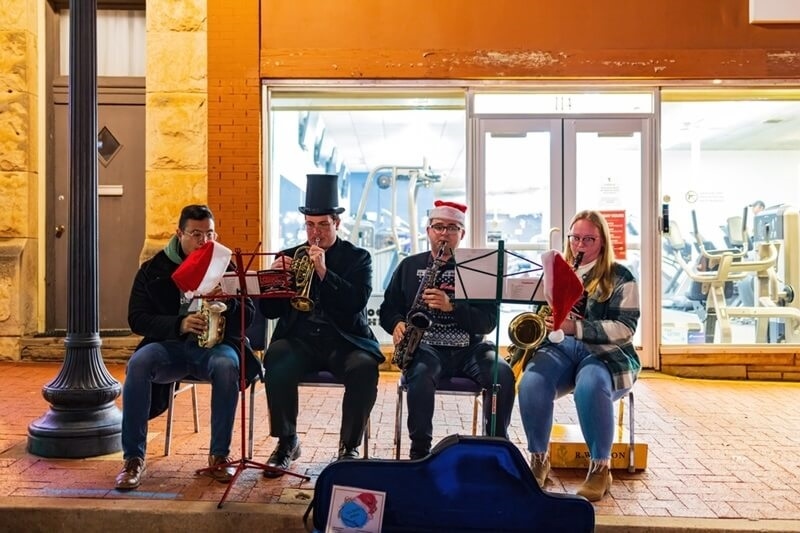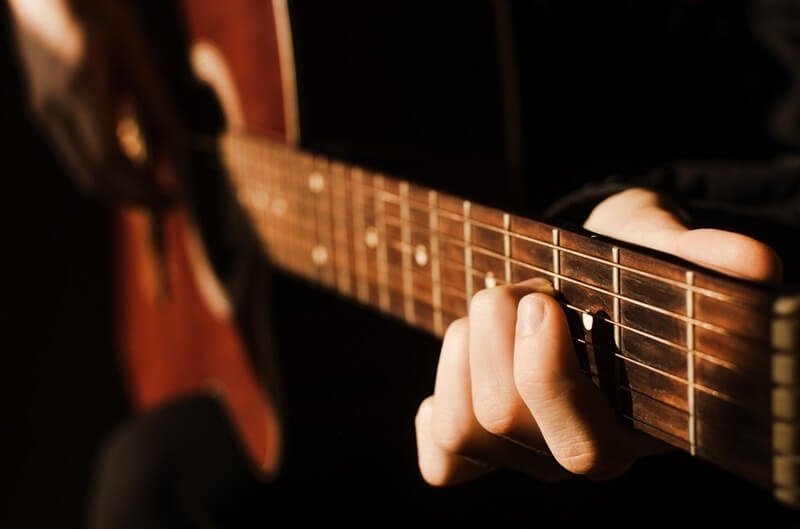
When people talk about American music, Oklahoma rarely gets the same spotlight as Nashville or New York. But the truth is, the Oklahoma musical story is one of the most layered and powerful threads in the nation’s soundscape. From Woody Guthrie’s Dust Bowl ballads to the Broadway revolution of Oklahoma!, and into today’s country and Red Dirt movements, this state has never stopped singing its history.
Let’s walk through the journey—how folk roots, Broadway stages, and modern voices have all shaped the identity of the Oklahoma musical.
Oklahoma had long since vibrated with sound before Broadway set a musical in this land. Cherokee, Osage, and Creek tribes brought along ceremonial music, chants, and dances that kept people to the land. These songs were not entertainment, they were history, spirituality and storytelling.
Settlers and homesteaders followed them later with their fiddles, cowboy ballads, and hymns. This combination of influences followed the initial contours of what we today call Oklahoma musical heritage. It was not clean, but it was rough, sincere and bound to survival.
Also check: Music Mentors of Oklahoma: Teachers Behind the Famous Stars

If one name defines early Oklahoma musical identity, it is Woody Guthrie. He was born in 1912 in Okemah and was brought up in poverty, dust storms and hardships of the working population. He transformed those difficulties into music instead of rejecting them.
His most famous work, “Oklahoma Hills,” remains one of the defining songs of Oklahoma musical history. The song describes the land and the people with words that Oklahomans can feel in their bones. The more general repertoire of Guthrie, thousands of songs on migration, justice and belonging, demonstrated that folk music can be intensely personal and political.
To this day, the work of Guthrie influences the way artists go about storytelling. It is not only about melody but also about providing a voice to common people. That’s why the lyrics of Oklahoma musical pieces like “Oklahoma Hills” carry weight far beyond their state borders.
In 1943, Rodgers and Hammerstein wrote another show when they wrote Oklahoma! they were also rewriting the rules of theater. Up to that time, musicals tended to lash songs together. In this case, music, dialogue and dance collaborated.
Oklahoma musical songs such as “Oh, What a Beautiful Mornin',” “The Surrey With the Fringe on Top,” and “People Will Say We’re in Love” became instant classics. They were not filler songs, but they furthered the plot, and the wants and wishes of characters were revealed.
Their title number, Oklahoma!, was the title that was to remain in history. Its chorus—about belonging to the land—still echoes as one of the most famous lyrics in Oklahoma musical theater. It was made the official state song in 1953. That is a lot to do with the fact that the show is closely connected with the identity of Oklahoma.
Oklahoma! was not only powerful in its melodies but also in its characters, which were groundbreaking.
They were not cutout figures made of cardboard. The show re-invented the concept of a musical by connecting story and song so closely together.
Explore More: Oklahoma’s Native American Influence on Past & Modern Music
Whereas Oklahoma! conquered Broadway, music in the state did not cease. The mid-century and beyond brought waves of new artists who kept the Oklahoma musical spirit alive.
Oklahoma still gave birth to country legends, such as Bob Wills and his Texas Playboys, Reba McEntire, and Blake Shelton. Wills introduced Western swing which was a mixture of jazz and cowboy dance hall. Shelton and McEntire took the country roots of Oklahoma to the national front decades later. All these artists continued what Guthrie and Oklahoma! had in common: place-related storytelling.
Jump forward a few decades and you will see that Red Dirt music has taken over local bars and festivals. Such groups as Cross Canadian Ragweed and The Red Dirt Rangers rely on rough lyrics and raw energy to keep the land and its people at the heart of their music. Red Dirt, in its turn, is a part of the musical tradition of Oklahoma as much as Broadway was.
People still look up lyrics to Oklahoma musical pieces not for nostalgia, but because those words carry timeless themes. Guthrie wrote of the hills where he grew up or Rodgers and Hammerstein bound love and hope to a new morning, but the message remains the same Oklahoma is not just a place, but a way of being.
That’s why school productions across the country still teach kids the songs of Oklahoma musical. That’s why audiences still debate the complexity of Oklahoma musical characters. And that’s why both Guthrie’s folk verses and Broadway’s anthems remain etched into the state’s—and the nation’s—cultural memory.
This heritage is maintained by such institutions as the Woody Guthrie Center in Tulsa, the annual Woody Guthrie Folk Festival, and the Oklahoma Music Trail. Oklahoma! is still being performed in local theaters and schools so that the new generations could learn its songs and get to know the revolutionary characters it presented to people.
Meanwhile, the contemporary musicians are advancing, incorporating hip-hop, rock and experimental music into the mix. They demonstrate that the musical identity of Oklahoma is not stuck in the past; it is developing, as it has always been.
You may also like: Oklahoma Folk Music & Protest Songs: Power of Music Activism
From Guthrie’s “Oklahoma Hills” to the soaring chorus of Oklahoma! to the voices of today’s country stars, the thread is clear: Oklahoma has always used music to tell its story.
The Oklahoma musical isn’t just one show or one songwriter—it’s a legacy built on land, people, and voices that refuse to be forgotten. The Oklahoma musical characters, the Oklahoma musical songs, and the unforgettable lyrics to Oklahoma musical works all tie back to a single truth: music in Oklahoma has always been bigger than entertainment. It’s identity, history, and pride, set to melody.
This content was created by AI